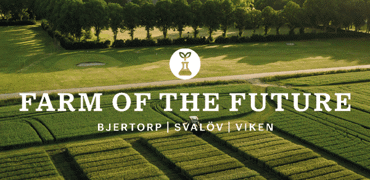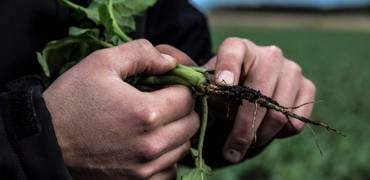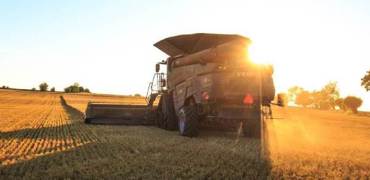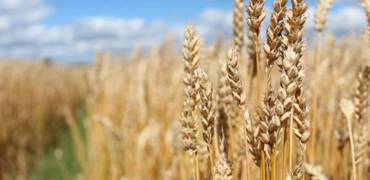Crop cultivation and weather – how will the summer of 2024 go?

Lantmännen's Head of Crop Cultivation Johannes Åkerblom follows the development on the Swedish fields and in this article gives a status update on this year's growing season so far.
The 2024 harvest is unusually important for Swedish farmers. Many farms are in a tough spot with high interest rates and a weak 2023 in the rearview mirror. Last year's harvest season consisted of two almost equally bad parts; poor volume caused by the dry hot weather in spring and early summer, and poor quality as an effect of the rainstorms during harvest. The harvest was therefore very weak. Of course, this has a major impact on farmers, in many cases the good harvest in 2022 being the salvation. By the same logic, 2024 will be a very important harvest year.
The large variation between the growing years with weather challenges highlights the importance of working with climate adaptation through irrigation and drainage in the future.
The crop growing season in Sweden does not start in the spring but in the autumn, autumn-sown crops are the basis for good production. With the right conditions, autumn-sown crops give a higher yield and a higher minimum level. In the future, when weather is expected to become increasingly unpredictable, autumn sowing will become even more important and maximizing the proportion of autumn sown crops will be a crucial factor in achieving productive, profitable and sustainable agriculture according to Lantmännen's vision Farming of the Future.
So, what does the situation look like this year? The rainy weather last autumn affected the conditions for sowing, where waterlogged soil in many cases delayed or made sowing impossible, which unfortunately gives us slightly less area that is autumn sown this season. But the conditions this year are better, and it looks promising after all. Sweden's largest crop is grass, i.e., grass for feed, where the season so far has yielded large volumes and good quality in the first harvest, and in southern Sweden a second harvest has already been brought in. Overall, the development looks good so far and we expect a medium-sized harvest, read Lantmännen's harvest forecast (in Swedish) which analyses the expected harvest.
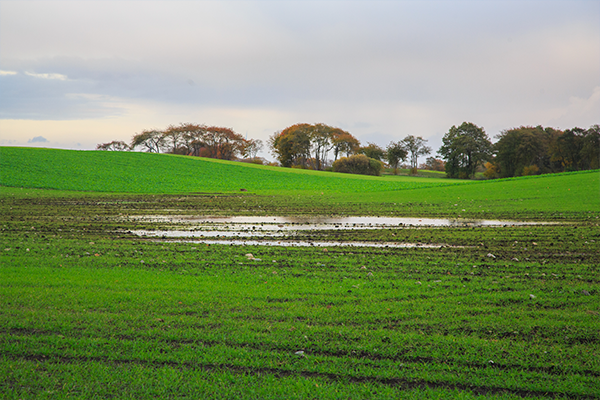
Flooded field in summer 2023. Photo: Mårten Svensson.
The large variation between the growing years with weather challenges highlights the importance of working with climate adaptation through irrigation and drainage in the future. The issue has been discussed during the past year. Here, too, this year's harvest plays an important role in creating a better financial situation for the farmers that need to make investments. Investments that are profitable in the long term are made possible by a good flow in regular operations.
The development in crop production is exciting. Lantmännen continues to invest in areas such as fossil-free fertiliser, precision farming and plant breeding, which in the long term will contribute to yield increases, reduced climate impact and adaptations to more demanding growing conditions.







